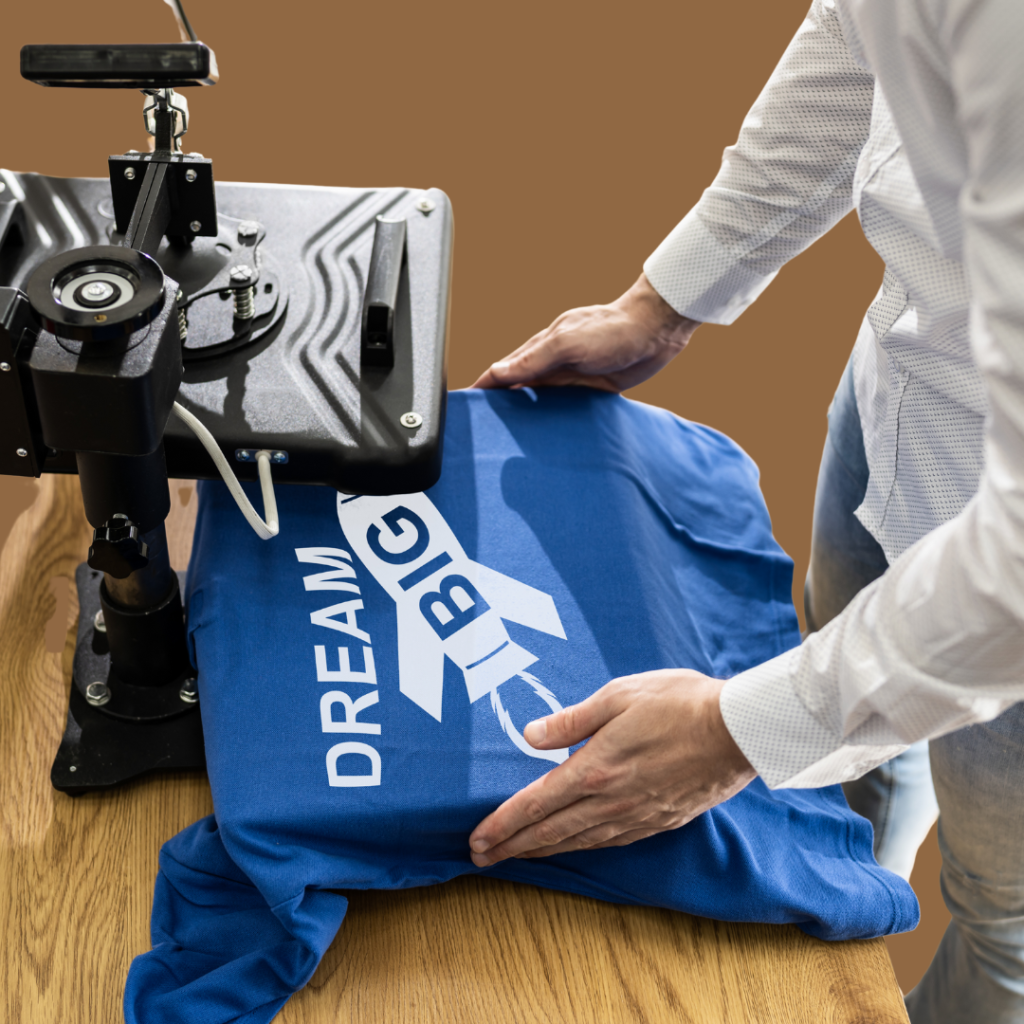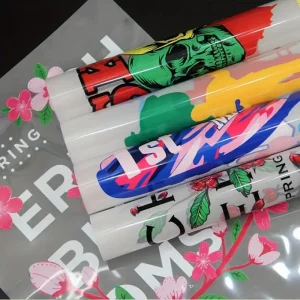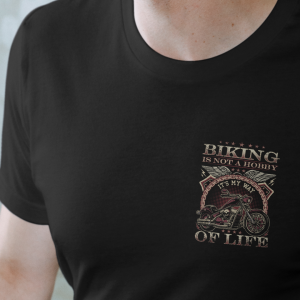SUBLIMATION PRINTING EXPLAINED: HOW IT WORKS & WHY ITS PERFECT FOR CUSTOM PRODUCTS
In the dynamic realm of custom printing, sublimation printing has emerged as a preferred method for entrepreneurs, creatives, and businesses seeking vibrant, durable, and professional-quality results.
From personalized t-shirts and mugs to corporate giveaways and home decorations, sublimation offers incredible color vibrancy and durability.
But what exactly is sublimation printing, and why is it so popular?
In this guide, we’ll explore everything you need to know about sublimation printing — what it is, how it works, its advantages and disadvantages, and what makes it ideal (or not) for your next printing project.

What is Sublimation Printing?
Sublimation printing is a technique that uses heat to transfer vibrant dye onto materials such as fabric, metal, and ceramics. Sublimation is a unique printing method that uses heat to transform solid dye into a gas, This is how the dye behaves during the process.
The result? A durable, vibrant image that stays intact without cracking, peeling, or fading after washing.
How Does Sublimation Printing Work?
Here’s a step-by-step guide on how the sublimation process works:
- Design Creation
It starts with designing your image using graphic design software like Adobe Photoshop, CorelDRAW, or Canva. The design must be mirrored (flipped horizontally) before printing.
- Printing on Sublimation Paper
The design is printed using sublimation ink on special sublimation transfer paper using a sublimation printer. These printers use heat-sensitive ink.
- Heat Press Transfer
The printed sublimation paper print out is placed on the product (e.g., a shirt or mug) and then pressed using a heat press machine. The heat, usually between 180°C and 200°C, turns the sublimation ink into gas, allowing it to soak into the surface and bond with the material.
- Finished Product
Once it cooled down , the ink solidified back into the fibers of the material, leaving a smooth, vivid, and durable image.
Sublimation printing is a widely and commonly use in the custom printing industry for many reasons:
✅ Vibrant, High-Quality Prints
The color reproduction is exceptional — vivid, crisp, and richly detailed.
✅ Durability
Since the ink becomes part of the material, the design won’t peel, crack, or fade even after multiple washes.
✅ No Feel on Fabric
The print is embedded into the fabric fibers, so there’s no extra texture or stiffness.
✅ Ideal for Small Batches
Great for personalized or small-run products, such as custom shirts or promotional items.
✅ Wide Product Range
You can customize a wide range of items beyond apparel — like mugs, coasters, plates, and more.
Limitations of Sublimation Printing
While sublimation is impressive, it’s not perfect for every project. Consider these limitations:
Limitations of Sublimation Printing
While sublimation is impressive, it’s not perfect for every project. Consider these limitations:
❌ Material Restrictions
Only polyester or polymer-coated items can be used. Cotton is not sublimation-friendly.
❌ Color Base Limitation
Works best on white or light-colored materials. Sublimation ink is transparent, so it won’t appear clearly on dark fabrics.
❌ Initial Investment
While long-term costs are manageable, starting out with a sublimation printer and heat press does require an initial investment.
❌ Size Limits
Standard sublimation printers can only handle certain sizes unless you upgrade to a wide-format printer.


Custom t-shirts and apparel are popular for a wide range of purposes, including special events, sports teams, corporate branding, promotional giveaways, family reunions, and more.
They allow individuals and organizations to showcase logos, messages, or unique designs, making them perfect for both personal expression and professional marketing.
- Personalized mugs, tumblers, and water bottles
- Phone cases and tech accessories
- Mouse pads and keychains
- Home décor (pillows, wall art, photo panels)
- Corporate giveaways and promotional items
- Photo gifts and souvenirs
Sublimation vs. Other Printing Methods
Feature
Sublimation
DTF Printing
Heat Transfer Vinyl (HTV)
Screen Printing
Best For
Polyester fabric, hard goods
Any Fabric Type
Large Batch Orders
Small Custom apparel
Color Vibrancy
High
High
Moderate
High
Durability
Very Durable
Very Durable
Durable with Care
Durable
Feel of Fabric
No feel (soft)
Slight Feel
Noticeably vinyl texture
Smooth
Suitable for Dark Fabric
No
Yes
Yes
Yes
Is Sublimation Printing Right for You?
If you’re looking for a print method that offers vibrant, long-lasting results — especially on polyester apparel or custom gift items — sublimation printing could be your best option. It’s especially great for small business owners offering personalized products, or creatives who want to make professional-quality designs at home.

Conclusion
Sublimation printing has revolutionized the world of custom printing with its brilliant color output and unmatched durability. Whether you’re creating custom t-shirts, designing photo mugs, or launching your own print-on-demand shop, sublimation offers a professional finish that stands the test of time.
While it does have a few limitations, understanding its strengths will help you decide whether it fits your creative and business goals. As technology improves, sublimation continues to be a smart, scalable choice for makers and entrepreneurs alike.




